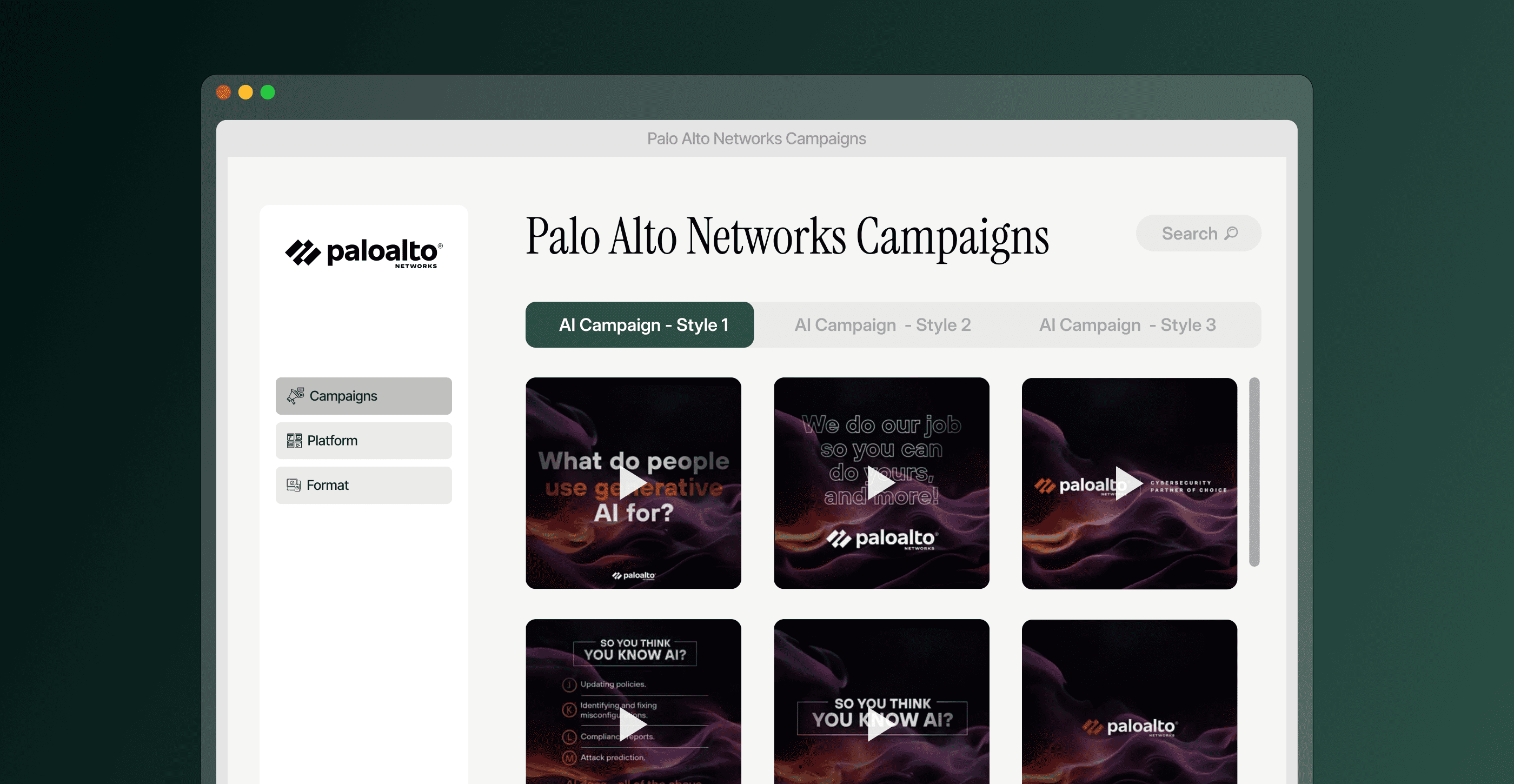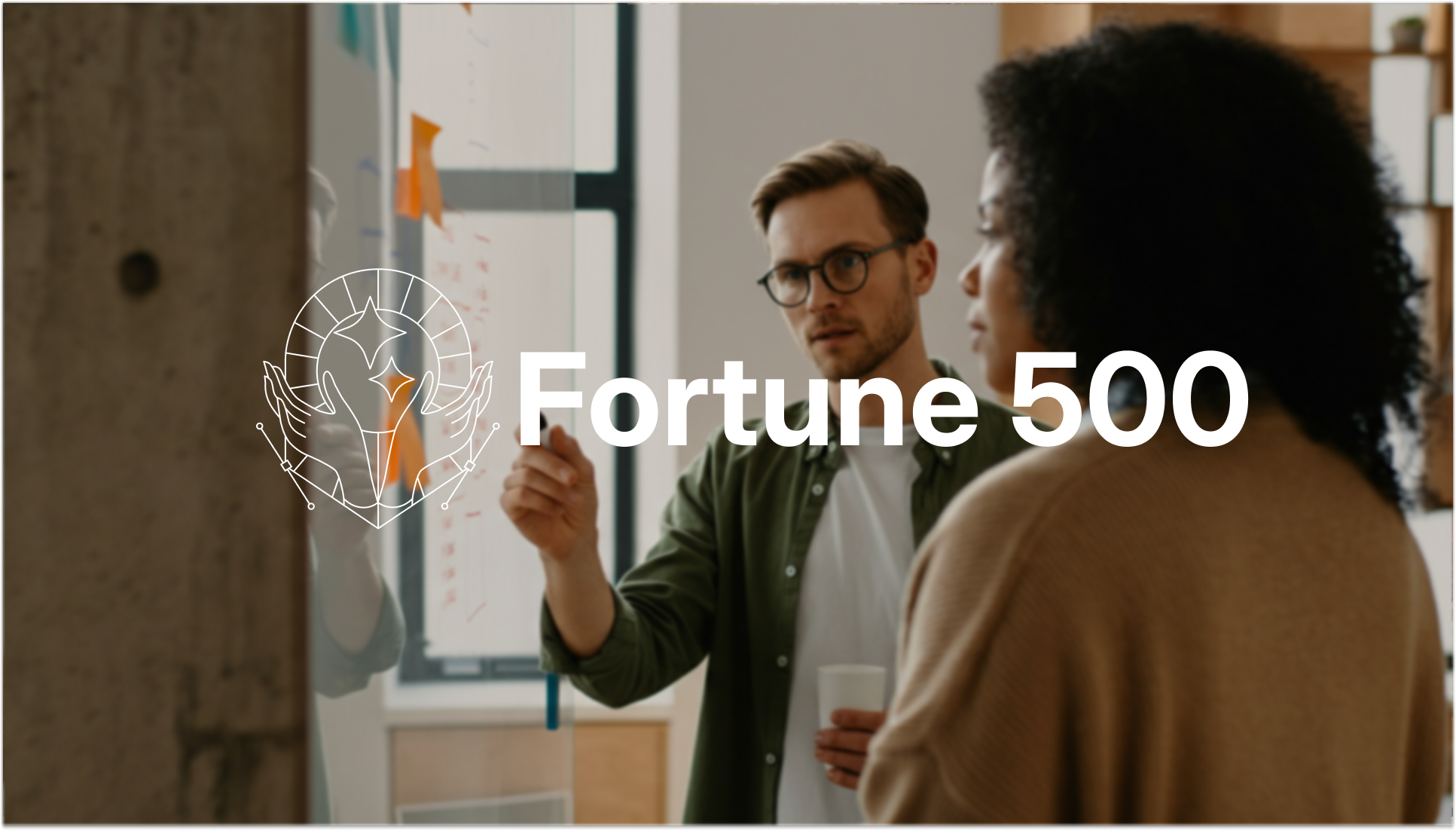
This blog post is part one in our Battling Burnout series. Check out parts two and three here for the big picture.
Passion is synonymous with quality. Its presence makes work flourish, while its absence makes it fail. Creative talent wants more than anyone to have their job align with their passion, and to inject it into everything they touch. They can spot a compromised project from a mile away, and would rather restart or bin it altogether than sign off on the thing. It’s just a job, but it’s not just a job.
Of course, no one ever sets out to do a bad job. Least of all creatives, who as we know, [insert stereotype about artistic temperament] more than anyone. In fact, research has suggested people with passionate relationships to their work are at an increased risk of burning out, wreaking havoc on their mental health and your team.
So what does that mean for you and your creatives?
What you’ll learn
What Are the Symptoms of Burnout?
How to Identify Burnout on Your Design Team
What to Do About Burnout on Your Design Team
What is Burnout?
We’ve all felt burnt out. You’ve felt it logging off at 9 p.m., after an argument, or at the end of a day that just would not quit.
In the workplace, burnout is a state of perpetual exhaustion. It’s been a mounting problem in the general workforce for years now, but for people whose identities are deeply tied to their work (i.e. creative professionals), it’s an outright dream-killer. The work of a creative professional is in some way a reflection of who they are, and you wouldn’t leave the house if you caught a glimpse of a big shirt stain on the way out.
Where does burnout come from?
In short, burnout comes around when there’s too much stress. This stress can come in many forms, and none are mutually exclusive:
- Work coming through faster than it can be completed
- A feeling of little/no control over individual projects and workflows
- No recognition for work, regardless of whether expectations have been met or exceeded
- Performing monotonous tasks too frequently
- Feeling perpetually unchallenged
- Unclear or unattainable expectations
- Feeling as though work lacks purpose/connection to self
Unfortunately, one symptom often breeds another. An overworked designer may come to find the work and pace monotonous, and lose connection to their role.
It’s worth noting the idea that burnout is a matter of self-care (or lack thereof) has been challenged in recent years, with most of the onus falling on team leaders to keep it at bay. As Ching Hsieh, Sr. Staff Product Designer at Included Health, told us when we spoke to us for our How to Build High Impact Design Teams guide:
“The most challenging aspect of being a design leader right now is holding up that torch of hope in dark times.”
Why does burnout matter in design?
The deviousness of burnout is that it touches everything in a person’s life: their mental state, their relationships, their communication, their sleep habits, their outlook and their work.
Design work demands novel thinking, but creativity crumbles under this kind of stress. Design teams are at a higher risk of suffering when burnout is present, as the work they perform demands freedom, space and purpose to be effective. When that freedom goes away, the people and the work can suffer. Team members may become distant, irritated and resigned, while the work may slow to a crawl and/or drop in quality.
This is where DesignOps comes in handy. Having a partner or team member whose sole job is to manage and assess design workflows makes the biggest cause of work stress—projects consistently running rampant—far less likely to take hold.
And speaking of creative capacity, our friend Adam Morgan, Executive Creative Director at Adobe, uses what he calls the Whelm scale to keep design teams engaged and producing their best work.
What Are the Symptoms of Burnout?
It’s not always easy to notice burnout when it starts creeping in, but the biggest burnout symptoms will become obvious along the way. The mood will shift, deadlines will be missed, and the wider marketing team may begin commenting on the lack of responsiveness/effectiveness from design.
What starts out as a fresh faced team of go-getters gradually burns out as the heat increases, with their fatigue becoming more apparent at every stage. Bound by duty, they’ll push on until they’re completely burnt out.
How to Identify Burnout on Your Design Team
Don’t let the cuteness of anthropomorphic toast fool you: Burnout can severely affect the mental wellness, productivity, and longevity of your team. And it’s rampant in creative professions. Here’s how to identify burnout on your design team.
5 stages of creative burnout
1. No Burnout - Design team is content, and deadlines are met with relative ease. Projects come in at a steady, predictable pace and can be completed at predictable rates. Quality of creative is top-notch, and the marketing team consistently expresses strong satisfaction with assets and responsiveness.
2. Mild Burnout - Design team feels “okay”, but deadlines are missed here and there. Project requests happen at mostly predictable intervals. Project completion typically adheres to predictable timelines, but can sometimes run off-track if not strictly monitored. Quality of creative is strong, but not mind-blowing.
3. Moderate Burnout - Design team is starting to feel stressed. Projects seem to come in at a rate that marginally outpaces what the team can produce, and there’s always a 50/50 chance deadlines will be missed.
Quality of creative is wavering, and assets may require more edits than normal before being finalized. Marketing department may express some dissatisfaction with assets and responsiveness, and designers may express concern with their state of work, and general well-being.
4. Severe Burnout - Design team feels very stressed. It’s now the norm for the project pipeline to be backed up, even with key projects. It’s accepted that most deadlines will be missed, and team leaders frequently have to barter for more time on projects. Creative quality is inconsistent, if not slap-dash and clearly produced in a hurry. Critical prompts may be missed in submitted projects, requiring a great deal of edits to get to the finish line.
Marketing stakeholders are often displeased with assets produced and rate of responsiveness, and may be considering other models of design operations (inflating marketing budget by increasing headcount, “restructuring” design team). Designers themselves may appear increasingly resigned, and frequently express their dissatisfaction with their state of work.
5. Total Burnout - Design team feels completely overwhelmed, because they are. Project pipeline is brimming with unfinished or yet-unstarted requests, and it’s unclear when most projects will be completed.
The team is in crisis mode, and creative may miss the mark for stakeholders entirely — strong creative ideation isn’t possible in this space. Marketing team may speak openly with design leaders about restructuring the team, or moving to a new model of design operations. Designers themselves may feel completely resigned, take leaves of absence or find new jobs altogether.
What to Do About Burnout on Your Design Team
There’s lots of help available for curbing burnout once it’s set in, but the best offense is a good defense: Instill processes that guarantee satisfaction on the part of your stakeholders and your design team, and you’ll never have to worry about depleting quality or sanity.
Design teams tend to be overloaded with marketing projects to start with, so it’s best not to push more into their existing pipeline. At the same time, increasing headcount isn’t always a viable option for most teams, as an extra designer doesn’t do much to offset workload, but does bloat the marketing budget with an additional salary (which, of course, comes with increased expectations from stakeholders).
Increasing capacity by partnering with a dedicated design service is often the best way to offset challenging workloads while keeping spending well within margins. Having a purpose-built team of designers and brand experts on-call for a fraction of the cost of a new hire is a foolproof way to ensure your pipeline flowing, your designers content, and your creative as fresh as sliced bread.














